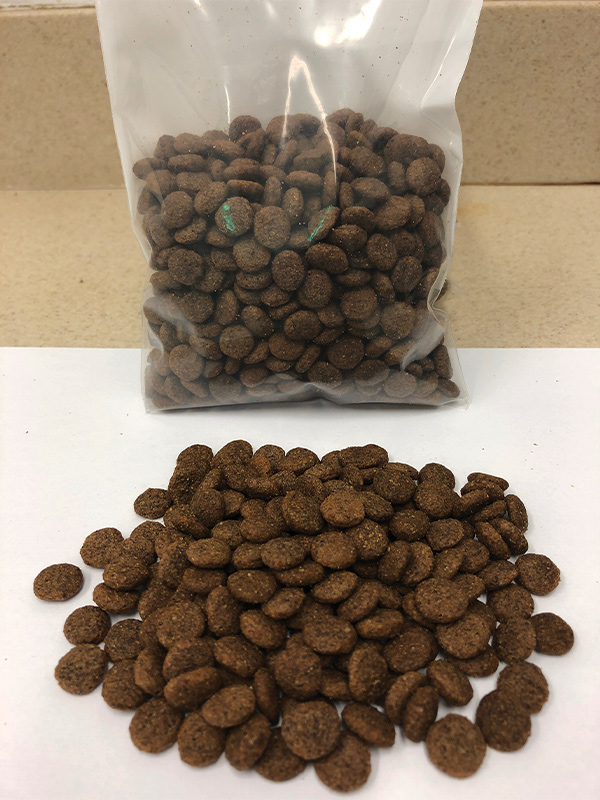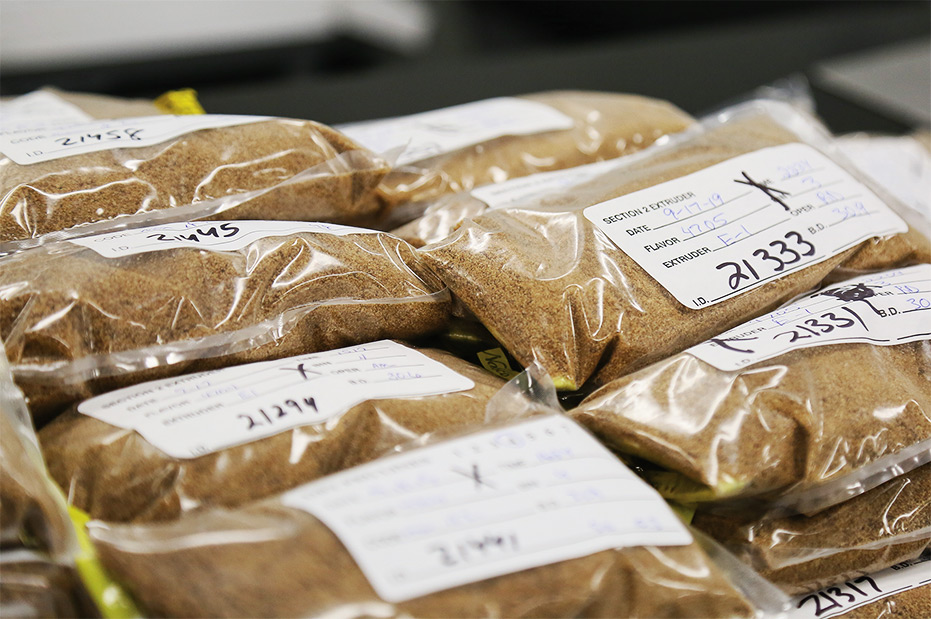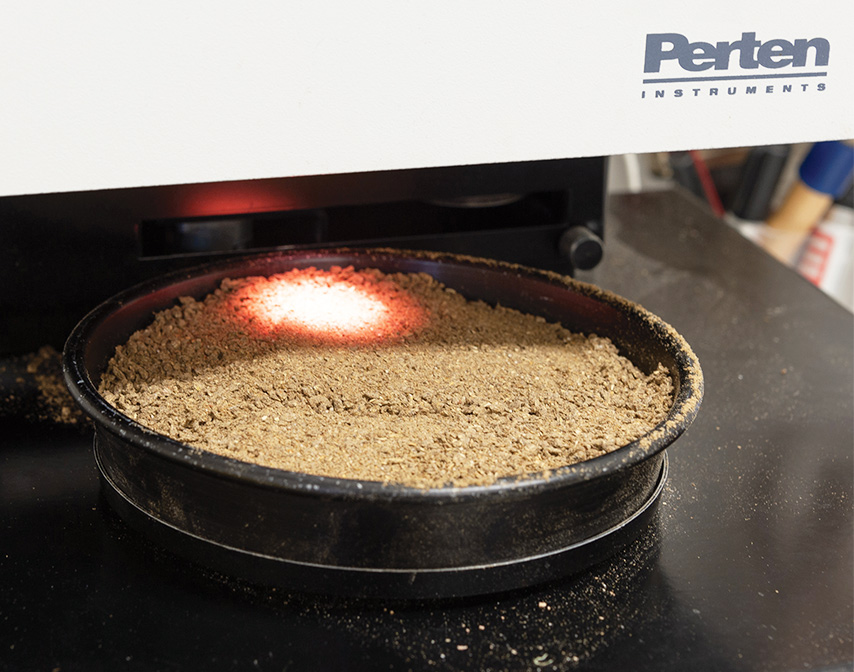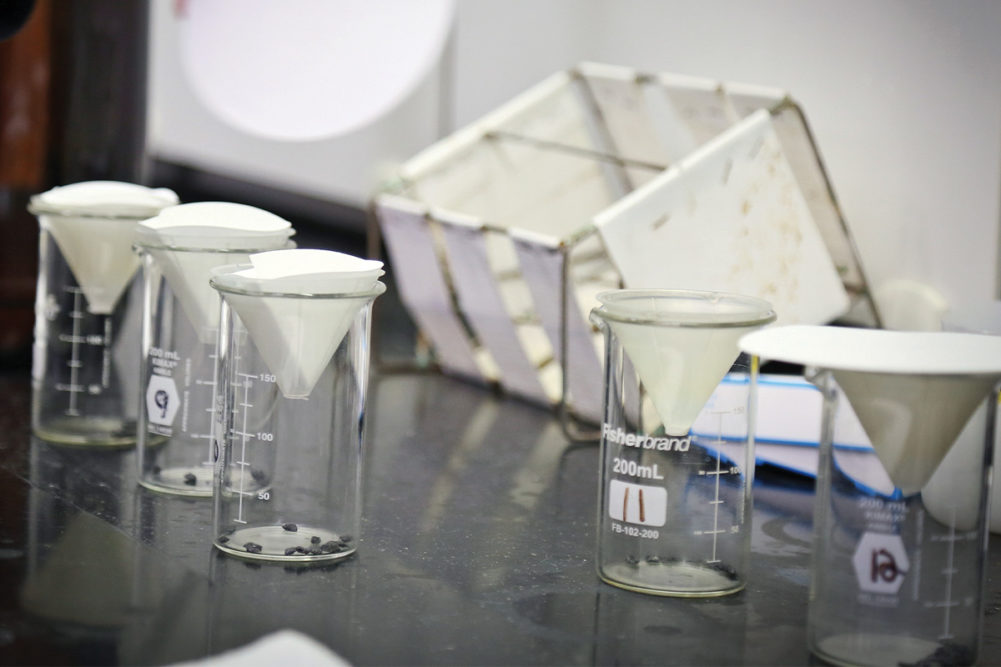This article was published in the September 2020 issue of Pet Food Processing. Read it and other articles from this issue in our September digital edition.
Keeping America’s 135 million dog and cat food bowls filled with quality, safe food is a key tenet of operations for US pet food manufacturers, which churn out roughly 9.8 million tons of pet food annually. Before this pet food goes to market, many manufacturers work with third-party laboratories to test their products to ensure they are safe and meet the nutritional specifications listed on their package labels, in accordance with federal and state regulations.
Independent labs provide a valuable service to pet food manufacturers by gathering dozens of scientific data points on both the ingredients used and finished products themselves. In a world where customers are looking for more information about the food and treats they choose to purchase for their pets, these labs also provide manufacturers a way to stand behind the integrity of their products.
Some pet food manufacturers conduct this work in-house, as that is what best fits their production model and capabilities. But others, where this is not an option, may opt to go out-of-house. The American Feed Industry Association (AFIA), which represents a diverse membership of feed and pet food manufacturers and ingredient suppliers, recently spoke with Dan Rice, senior director, quality assurance, research and development, Perfection Pet Foods, a member of AFIA, on why he sees value in using third-party labs.
“Third-party testers are independent arbiters of your production, which applies some rigor into the product release process,” Rice said. “Afterwards, you have the results of the tests in hard copy – an independent opinion of your production.”
Perfection Pet Foods, a California-based company, has been manufacturing pet food for private labels for the past seven years and has used third-party testing the entire time, working with different labs to gather a “wealth of information for not much spend.” Rice explained that most labs will run tests to confirm the full label guarantee requirements of the Association of American Feed Control Officials (AAFCO), including protein, fiber, fat and minerals. Testing can also determine profiles as specific as individual amino acids. The company also uses third-party lab testing to ensure its products comply with federal regulations, such as the Food Safety Modernization Act (FSMA), which requires pet food to be free of Salmonella, a pathogen found in various protein ingredients.
“Pathogen management is part of our preventive controls in our animal food safety plan,” Rice said. “Showing our validation program around pathogen management is key.”
Expertise plus equipment
Over the years, what has impressed him so much is how the technology for testing ingredients at labs has evolved. For example, he said, years ago, testing for Salmonella was done on a cultural basis – that is, taking a culture of the product on a swab, putting it on a plate and analyzing the results in a week or 10 days to see if the bacteria manifested itself. Now, laboratories are looking at Salmonella on a molecular level, using RNA and DNA sequences to determine within 24 hours if the bacteria is present in the sample.

“Just because to buy the equipment looks like a low entry point, you need to have someone who understands the equipment, the tolerances and can crank out good data,” he said. “You also need to consider that sometimes testing requires chemical reagents, Environmental Protection Agency requirements – a lot of externalities that I don’t have to fool with!”
Over the years, he has seen many new laboratories competing in this space, which has helped to drive down costs.
“It has really become an affordable tool you can use to supplement your production and quality measures,” Rice said. “...Even for $50, you can get a lot of testing done and quickly. Generally speaking, it is so competitive in this space that if you are sending samples out on Monday, it is not unreasonable to get most of the data needed by Friday afternoon.”
One way he recommends managing costs is by developing long-term relationships with your contacts at the lab. By meeting biannually or annually with some of its lab representatives, Perfection Pet Foods has been able to share the volumes of products they expect will need testing over the year, allowing them to better negotiate and cut costs over the life of the contract.
Partners in data
Another benefit to forming a long-term relationship is being able to view the last two to three years’ worth of ingredient data. With ingredient variability over time, the company is able to track trends with minimal effort, sometimes analyzing over 50 data points all at the tips of their fingers. This helps them in making purchasing decisions with suppliers and provides accountability to the retailers that sell their products.

Rice does not see a downside to using third-party labs to test the safety and quality of his company’s products.
“By using a third-party lab, they can focus on the scientific expertise — what they do best — and we can focus on what we do best: manufacturing pet food,” he said.
For those manufacturers looking to get started in this space, his best piece of advice for them is to reach out to their quality assurance peers throughout the industry, such as those on the AFIA Quality and Animal Food Safety Committee or within the Pet Food Institute, to get pointed in the right direction. Industry referrals, reputation, accreditations, the types of equipment used, and costs are all good factors to consider in the decision.
Read more about pet food safety on our Operations page.




